2018-12-08
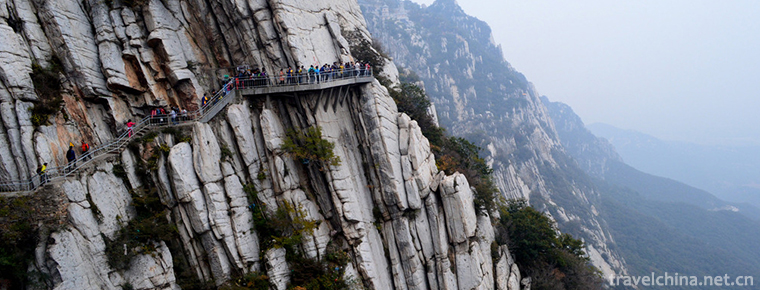
- By ChinaWiki.net
- Chinese Edition
- 2018-10-30
Songshan, known as the "foreign side" in ancient times, Xia and Shang Dynasties as "lofty" and "Chongshan", Western Zhou Dynasty as "Yue Shan", Songshan as the central left Dai (Mount Tai) right China (Mount Huashan), Ding Songshan as the middle mountain, first known as "Zhongyue Songshan". Mount Songshan is located in the west of Henan Province, northwest of Dengfeng City, west of Luoyang, the ancient capital of Zhengzhou, east of the Funiu Mountain system . It is located in the east longitude of 112 degrees 56 '07' to 113 degrees 11 '32', north latitude 34 degrees 23 '31' - 34 degrees 35 '35'.
The total area of Mount Song is about 450 square kilometers. It is composed of Mount Tai and Mount Shao, with 72 peaks. The lowest altitude is 350 meters and the highest altitude is 1512 meters. The main peak is located at Mount Tai, 1491.7 meters high, and the highest peak is located at Shaolin mountain, 1512 meters high. Songshan overlooks the Yellow River and Luoshui in the north, Yingshui in the south, Jishan in the east, Zhengbian in the east, Luoyang in the west, the ancient capital of the thirteen dynasties. It is an important barrier to the east of the ancient capital of Luoyang. It has a profound cultural background and is the birthplace of Chinese Buddhism and Taoism, and the source of Kung Fu. There were more than 30 emperors and more than 150 famous literati in Songshan. The Book of Songs has a famous phrase "Song Gao Wei Yue", "extremely strong in heaven".
Songshan is an important birthplace of Chinese civilization and a scenic spot for Chinese scenic spots. In February 2004, it was listed as a World Geopark by UNESCO. In March 2007, Songshan was approved by the National Tourism Administration to be a national AAAAA tourist attraction. In August 2010, the historic buildings (Shaolin Temple (often hospitalized, ancestral nunnery, pagoda forest), Sanque (Taihuque, Shaoxuque, Qimuque), Zhongyue Temple, Songyue Temple Pagoda, Huishan Temple, Songyang Academy, Guanxingtai) located in the hinterland of Mount Songshan and the surrounding heaven and earth were listed as world cultural heritage.
Mount Song belongs to the Funiu Mountains system, east of Zhengzhou, capital of Henan Province, west of the ancient capital Luoyang, north of the Yellow River, south of Yingshui. Mountains and cities across Xinmi, Dengfeng, Ruzhou, Gongyi, Yanshi, Yichuan and other cities and counties. The geographical coordinates are: east longitude 112 degrees 56 '07' to 113 degrees 11 '32', north latitude 34 degrees 23 '31' to 34 degrees 35 '35'.
Songshan is a monsoon climate in the north temperate zone, with an annual average temperature of 14.3 degrees and an average precipitation of 640.9 millimeters. The four seasons are distinct and distinctive, the hottest in July of the year, the average temperature is 27.3 degrees C, the coldest in January, the average temperature is 0.2 degrees C.
The annual average temperature of Songshan mountain is 14.3 degrees centigrade, the average mountain temperature is 8.5 degrees, and the rainfall of the last year is 864 millimeters.
The geological structure of Songshan Mountain is famous at home and abroad for its ancient rock age, complex structure, complete stratum development and good outcrop. After many tectonic movements, it retains various structural traces. The development and formation of Songshan is the result of the long geological history (five geological ages: Archean, Proterozoic, Paleozoic, Mesozoic and Cenozoic) of internal and external geological processes.
The geological structure of Songshan is mainly folded, which is generally composed of a series of anticlinal synclinal domes with nearly East-West strike. The fault is mainly North, southwest and East, and divides Songshan into three.
The bending of rocks in Songshan is called folds. Including syncline and anticline. Under the action of tectonic movement, or under the action of low stress, the rock changes its original occurrence, not only tilting the rock, but also forming a variety of bending. Fold is the result of plastic deformation of rock strata, and is one of the basic forms of geological structures widely developed in the crust.
The fault structure with obvious displacement along the fault plane in Songshan rock is called fault. The scale of faults is large or small, and the depth of faults is deep or shallow (deep penetrating lithosphere or crust, shallow penetrating caprock or only on the surface); the age of formation is old and new; some are the result of a tectonic movement, some are the result of multiple tectonic movements; some are inactive, some are still active; The mechanical properties of faults are different from tension or compression.
Landforms
The Songshan system is a fault-block folded mountain composed of pre-Sinian schist, gneiss and quartzite, so the mountain is steep and magnificent, forming a distinct tectonic erosion landform of low and middle mountains. The topography of Songshan is rather complicated, such as hills, hills, basins and valley plains. The main part of Songshan is the royal family and the small rooms.
geology
Songshan area is located in the south margin of North China platform, southeast of Songji platform uplift. The stratigraphic sequence is relatively clear, and the basement and caprock strata are well developed.
The basement structure in Songshan area is mainly folds, followed by faults. The direction of the tectonic line is nearly north-south or east-west, and slightly shifted to the north-east. It is composed of three groups of faults, namely, south-east and near-east-west faults, which are dense, tight, complex synclinal folds and accompanied by folds. The structure of the caprock is mainly fractured, followed by folds. The direction of tectonic line is nearly east-west and is orthogonal to the basement structure. The caprock folds are flat and open, and the faults are developed in three groups: E-W, NE-SW and NW-SE trending. The former is the earliest and can be divided into normal faults, while the latter is the latest, and it is also complicated in nature by stages.
Cause of formation
Internal force
Internal force geology (crustal movement, magmatic movement, metamorphism, earthquake) played a decisive role in the formation of Songshan, leaving obvious traces. The Songshan crustal movement underwent Songyang movement, Zhongyue movement, Shaolin movement, Huaiyuan movement, Yanshan movement and Himalayan and Neotectonic movement.
The Zhongyue movement formed the embryonic form of the Songshan Mountains, and the Yanshan movement determined that the basic framework of the Songshan Mountains was formed after weathering and denudation. At the end of Zhongyue movement, magma intrusion and metamorphism were formed, which made the formed rocks metamorphose further and formed complex metamorphic rock series.
External force
Songshan is weathered, eroded, dissolved, deposited, transformed, slided and collapsed. Songshan, the product of these movements and actions, has been praised by geologists as the "natural geological museum" of "five generations in the same hall". Songshan has a history of 3.5 billion years, becoming the oldest mountain in China.
Shaolin Temple is located in the northern foot of Songshan Shaolin mountain, under the five peak, and was built in Taiwei and nineteen years (495 years). according to legend, Damour, a Buddhist monk in India, has been there. In the early Tang Dynasty, the thirteen stick monks of Shaolin Temple saved Li Shimin, king of Qin Dynasty. During the reign of Zhenguan (627-649), the Shaolin Temple was rebuilt. After the Tang Dynasty, monks taught sutras and martial arts, Zen and Shaolin Temple became famous all over the world. Wushu is also the treasure of Chinese martial arts. Movies and TV plays related to the theme of Shaolin Temple have lasted for a long time, reflecting the modern people's love of Shaolin spirit. Existing buildings include mountain gates, abbot chambers, Damo Pavilion, White Clothes Hall, Thousand Buddhas Hall, etc. The destroyed King's Hall, Daxiong Palace and so on have been restored. There are five hundred murals in the thousand Buddha Temple in the Ming Dynasty, and the murals are about more than 300 square meters.
March -5 month, September -11 month best. The four seasons in Songshan are clear, cold and warm, and the temperature difference in the upper reaches of Zhongshan is 4~5 degrees. The annual average temperature is 10.2 degrees. Spring flowers bloom, autumn red leaves. Because the autumn rainfall is relatively large, you can see the spectacular Luya Falls, these two seasons Songshan is not cold or hot, easy to travel, temperature and humidity will be very comfortable. Waterfall can also be seen in summer, but the rainfall is high, the temperature is high, and the tourism process is relatively hard. Winter in Songshan is cold and dry, in addition to Shaolin Temple can play, and some natural scenery such as Sanhuangzhai scenery will be greatly discounted, Zen Music Festival will also stop at this time.
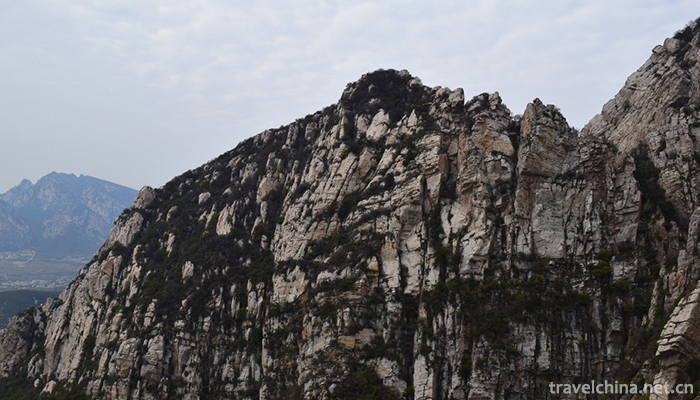
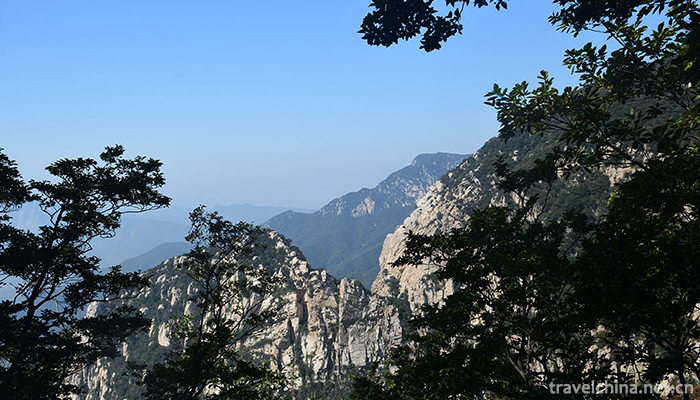
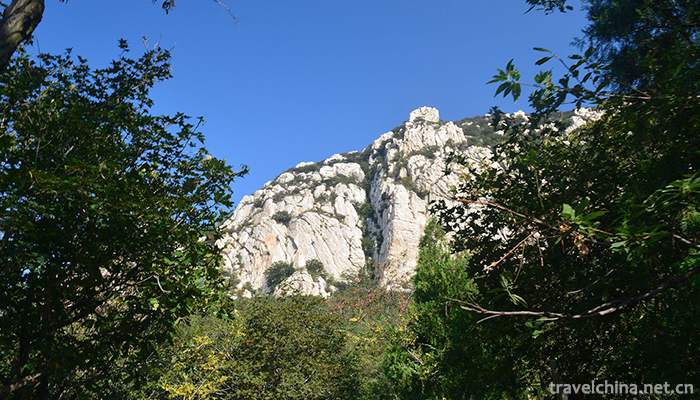

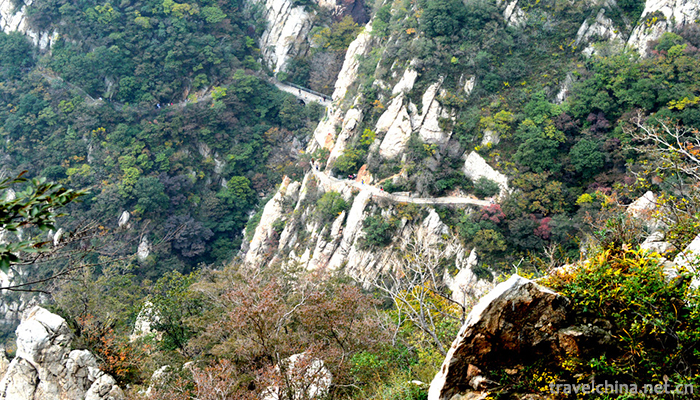
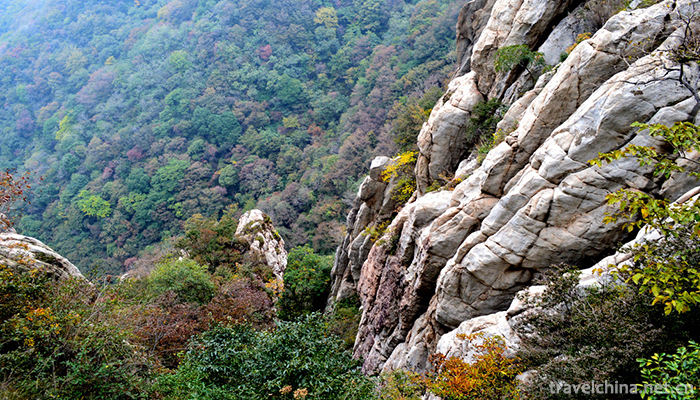
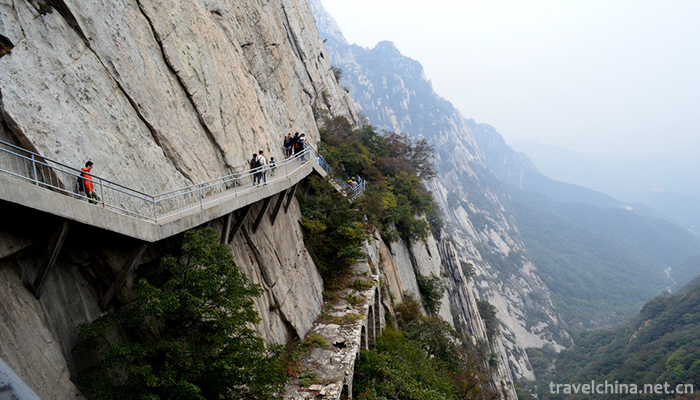
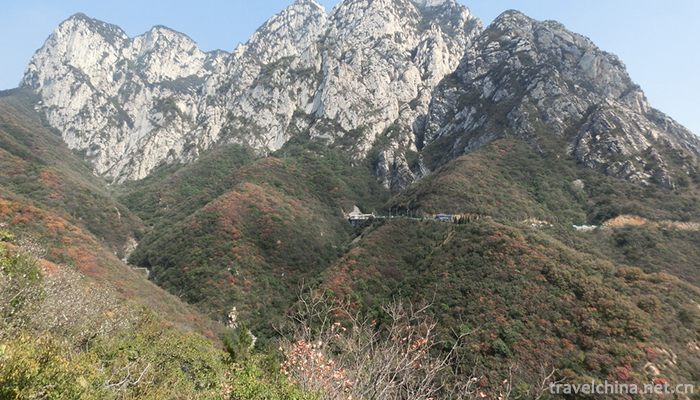
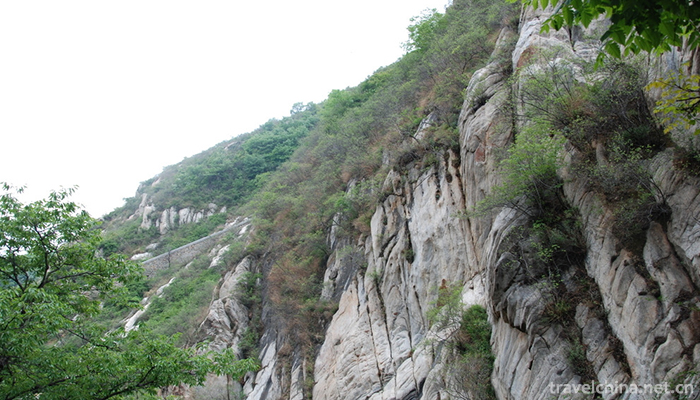

Ask a Question
Your email address will not be published.
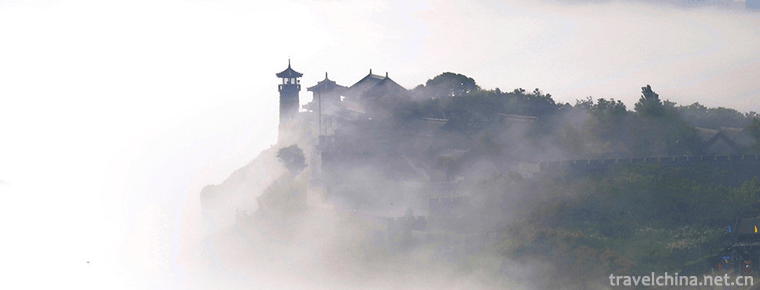
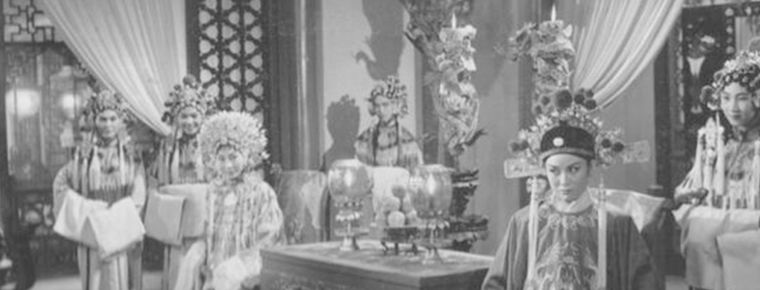
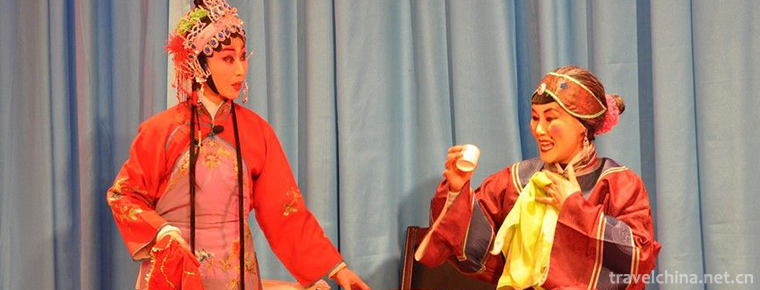
0 Questions